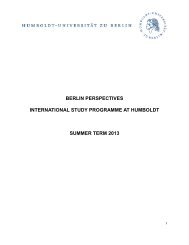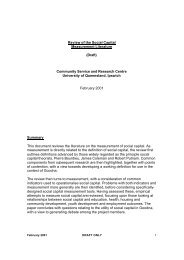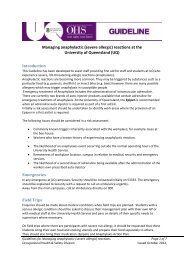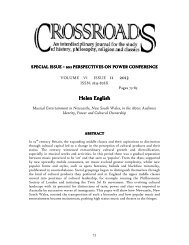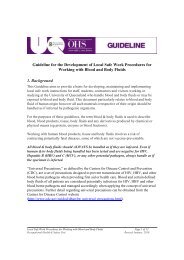Making Abundant Natural Resources Work for Developing Economies
Making Abundant Natural Resources Work for Developing Economies
Making Abundant Natural Resources Work for Developing Economies
You also want an ePaper? Increase the reach of your titles
YUMPU automatically turns print PDFs into web optimized ePapers that Google loves.
intermediaries (Levine & Zervos, 1998). (King & Levine, 1993a) argue that besidesthe central bank, commercial banks are the major financial intermediary.Domestic credit to the private sector provides a better measure of financial activitybecause it accurately characterizes the actual amount of funds routed into the privatesector. Hence, it is more related to investment and growth. Financial interaction withthe private sector implies that more credit is made available <strong>for</strong> more productiveventures than if they were made available to the public sector. There<strong>for</strong>e, the morecredit is made available to the private sector, the higher the level of financialactivity. 13The limitations associated with financial intermediary indicators goes to show howinadequate they are as measures of how well financial intermediaries carry out theirfunctions of pooling risk, mobilizing saving, etc. There are other different indicatorsthat have been suggested in the literature, such as the share of financial sector to GDP(Graff, 2003; Neusser & Kugler, 1998). This indicator is intended to cover a widevariety of financial activities and as such, it does not underestimate financial depth.Instead of concentrating on the channels of finance, it is more on to the ‘intensity offinancial services,’ by looking at the amount of resources dedicated to manage thefinancial institutions, which in turn would lower transaction costs (Graff, 2003, p. 51).The limited availability of data on the other alternative indicators of financial depthleads this study to stick to the traditional measures.13 Graff (2003) begs to differ in the accuracy of this measure by arguing that the domestic credit to theprivate sector offered by commercial banks creates ‘conceptual difficulties’ because it lumps togetheruseful credit and non-per<strong>for</strong>ming loans.





![Recycling [ PDF, 62KB ] - University of Queensland](https://img.yumpu.com/51805185/1/184x260/recycling-pdf-62kb-university-of-queensland.jpg?quality=85)

